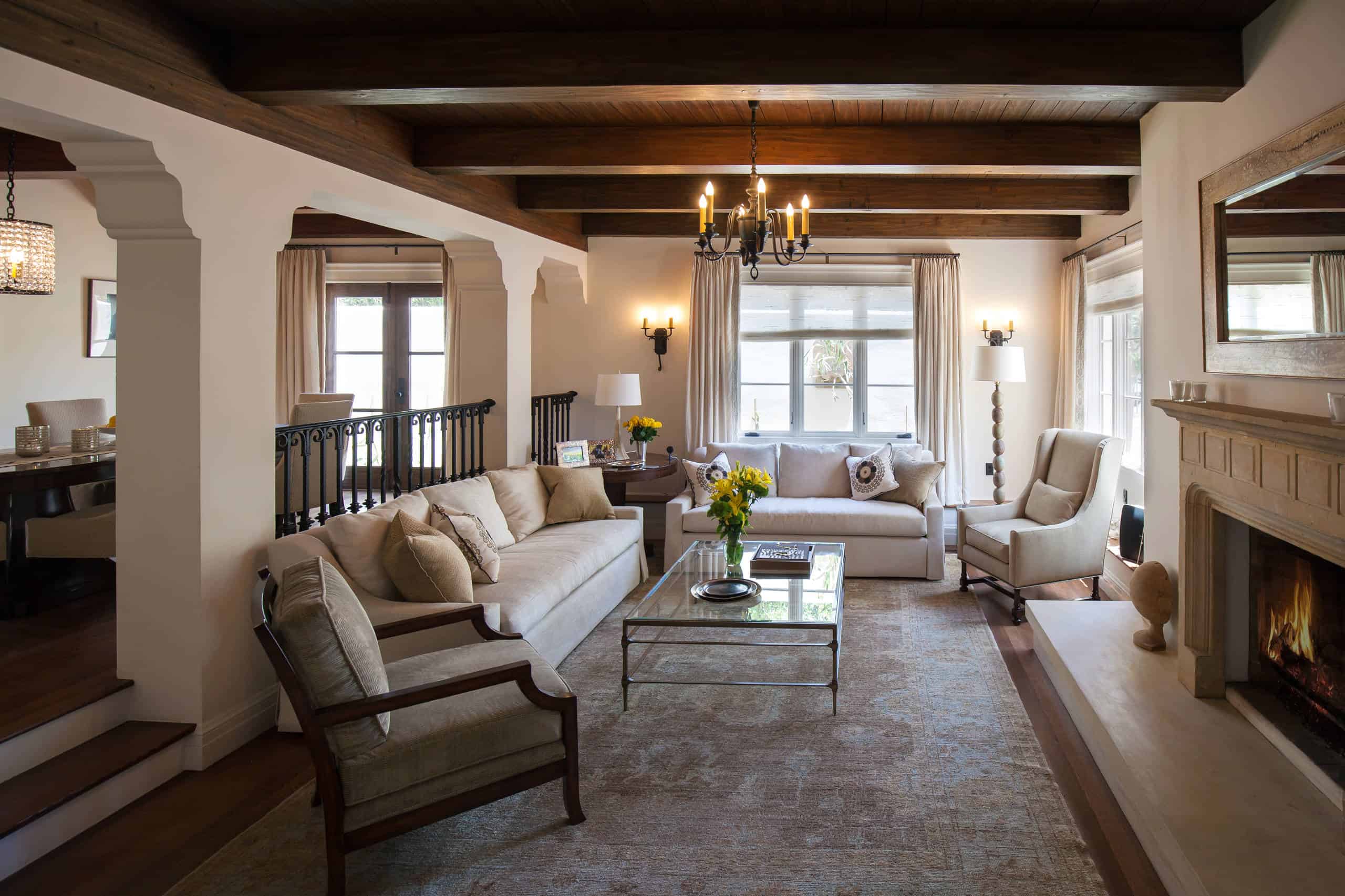
As homeowners continuously look for ways to transform their living spaces, they often seek inspiration from interior design trends. One of the most popular trends in recent years is mixing patterns and colors in living room design. Achieving the perfect balance of colors and patterns can be challenging, but when done correctly, it can result in a stylish and cohesive design that adds a sense of character and personality to a room. The process involves combining various prints, fabrics, and hues to create a harmonious and visually appealing space. To get a perfect balance of patterns and colors in living room design visit the website.

To master this design concept, it is essential to understand the fundamentals of color and pattern mixing. The right combinations can create a space that is vibrant, warm, and inviting, while the wrong combinations can create a chaotic and cluttered look. This blog post will explore the best practices for mixing patterns and colors in living room design. It will discuss how to choose the right color palette, selecting the best prints and fabrics, and arranging them in a way that accentuates the room’s overall style.
- Start with a neutral base color for walls and large furnishings
When it comes to mixing patterns and colors in living room design, it can be tempting to jump right in with bold, eye-catching prints and hues. However, it’s important to start with a neutral base color for walls and large furnishings to achieve the perfect balance of patterns and colors. This allows for a solid foundation that won’t conflict with other design elements in the room, giving you the flexibility to add a variety of patterns later on. Neutral colors such as beige, gray or white can provide a sense of calm and balance to your living room, allowing you to more easily experiment with pattern and color combinations through the use of accent pieces, decor, and throw pillows. By starting with a neutral base, you can create a cohesive and stylish look that balances both the patterns and colors in your living room.
- Choose a color scheme to guide your pattern choices
When it comes to designing a living room, mixing patterns and colors can add depth and interest to the space. But, it can also be daunting to know where to start. One effective strategy is to choose a color scheme to guide your pattern choices. Begin by selecting a primary color, which will be the dominant hue in your room. Then, choose one or two accent colors to complement and enhance the primary color. From there, select patterns that feature the same colors in different combinations and scales to create a cohesive look throughout the room. By sticking to a color scheme, you can balance the patterns in your living room design and create a space that is visually pleasing and harmonious.
- Mix patterns of different scales and textures for visual interest
One way to add visual interest and dimension to a living room is by mixing patterns of different scales and textures. Incorporating patterns into your decor can seem intimidating and overwhelming, however, selecting patterns that complement each other is key to achieving this design element successfully. When mixing patterns, it is important to select patterns in a variety of scales, such as small, medium, and large, to create balance and depth. Additionally, textures such as leather or wool can be paired with patterns to add a tactile and cozy feel to the space. By selecting patterns and textures that complement each other, you can add a dynamic and visually interesting element to your living room design.
- Use accent colors to tie the patterns and colors together
Using multiple patterns and colors in a living room design can create a vibrant and lively space. However, it can also be overwhelming if not executed correctly. One way to achieve a harmonious balance in a mixed pattern and color scheme is by implementing accent colors. Accent colors can be incorporated into the design to tie together various patterns and colors. It is important to choose accent colors that complement the existing dominant colors in the room. For instance, if the dominant colors in the room are neutral, adding an accent color like royal blue can inject energy and balance to the space. By using accent colors, designers can effortlessly create a cohesive and visually appealing living room design with multiple patterns and colors.
- Experiment with different combinations until you achieve the perfect balance
Achieving the perfect balance when mixing patterns and colors in living room design is a process that requires careful planning and experimentation. When combining different elements, it is essential to pay attention to the proportion and scale of each component to ensure that they harmonize with one another. Experimenting with different combinations that complement each other while creating visual interest is key to achieving the desired result. It may take several attempts to find the perfect balance, but taking the time to experiment with different options will ultimately lead to a cohesive and visually appealing design. Whether it’s mixing patterns in fabrics, choosing complementary colors or adding accents with texture, the process of achieving the perfect balance is both fulfilling and rewarding, creating a space that is reflective of one’s unique style and personality.
In conclusion, mixing patterns and colors is a fun and creative way to bring life to your living room. However, it can be intimidating to try something new and step outside of your comfort zone. The key is to focus on balance and unity. By picking a coherent color palette and choosing patterns of varying scales, you can create a cohesive and visually dynamic space. Don’t be afraid to mix and match – with a little bit of experimentation, you may be surprised by the beautiful combinations you can come up with.


